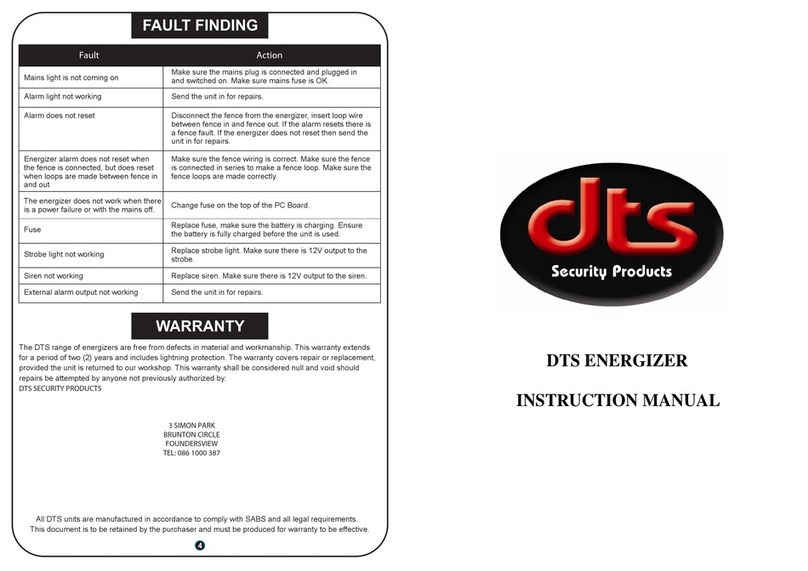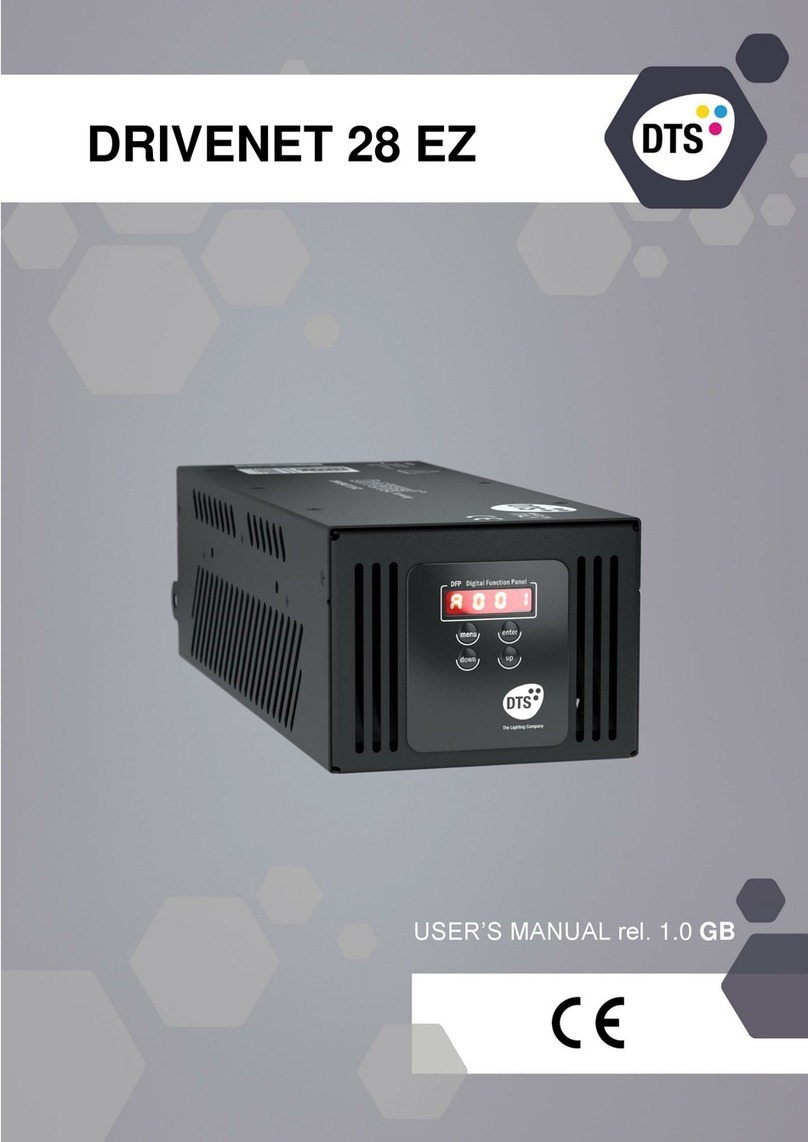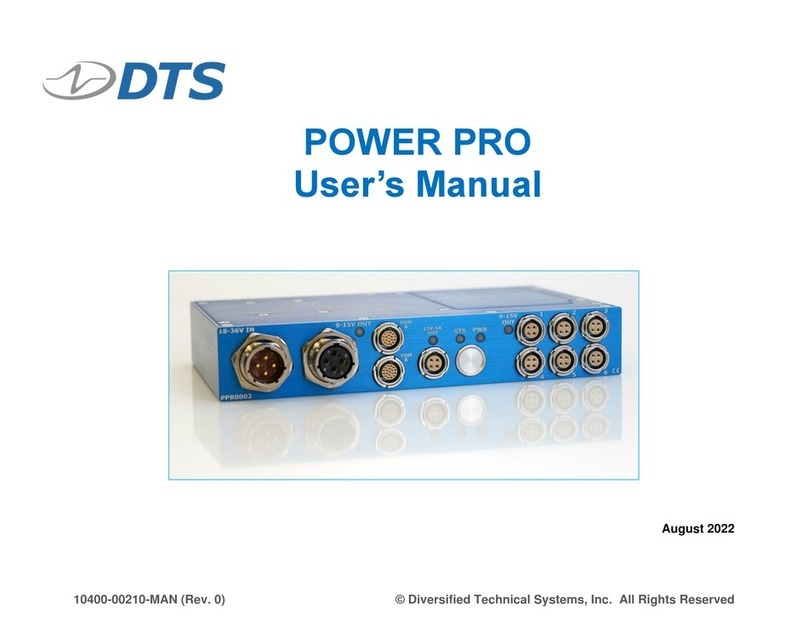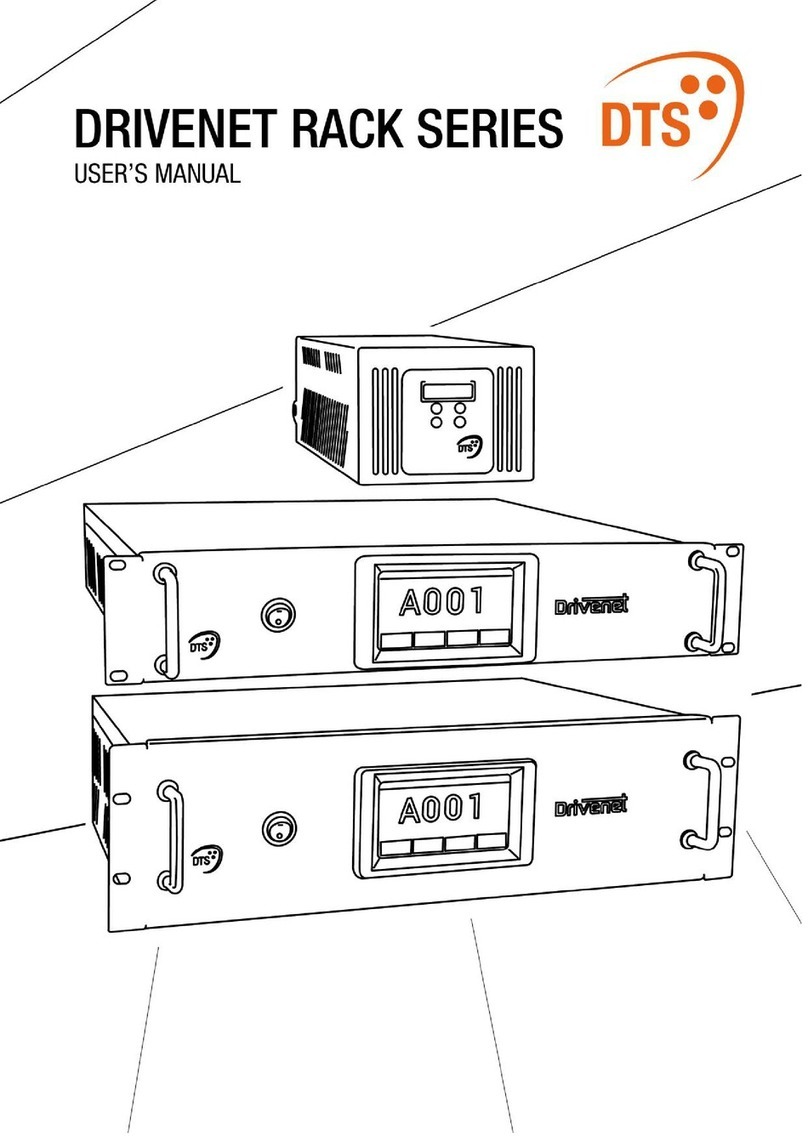
Introduction
The Megashock 5 is a mains (230V 50Hz nominal) operated energizer with battery (12V 7Ah nominal) back-up.
The batteries to be used are rechargeable lead-acid batteries. Non rechargeable batteries must NOT be used. The lead-acid
batteries require venting and it is imperative that the energizer be situated in a well-ventilated area.
This appliance is not intended for use by persons (Including children) with reduced physical, sensory or mental
capabilities, or lack of experience and knowledge, unless they have been given supervision or instruction concerning the
use of the appliance by a person responsible for their safety.
Children should be supervised to ensure that they do not play with the appliance.
Disclaimer
DTS Security Products CC or any of its subsidiary companies does not guarantee that the operation of the product will be
uninterrupted or totally error free. Energizer specifications may be altered without prior notification. The installer is
referred to the definitions and general requirements in Appendix A.
The installer must take into consideration the applicable municipal laws concerning the installation of electric fences.
International standards can be viewed at http://www.iec.ch and South African standards on http://www.sabs.co.za.
Basic Definitions
Electric Fence: a barrier which includes one or more electric conductors, insulated from earth, to which electric pulses are
applied by an energizer.
Connecting Lead: an electric conductor, used to connect the energizer to the electric fence or the earth electrode.
Electric Security Fence: a fence used for security purposes which comprises an electric fence and a physical barrier
electrically isolated from the electric fence.
Public Access Area: any area where persons are protected from inadvertent contact with pulsed conductors by a physical
barrier.
Pulsed Conductors: conductors which are subjected to high voltage pulses by the energizer.
Secure Area: an area where a person is not separated from pulse conductors below 1,5m by a physical barrier.
General requirements for electric security fences (Appendix A)
Electric fences shall be installed and operated so that they cause no electrical hazard to persons, animals or their
surroundings.
Electric fence constructions which are likely to lead to the entanglement of animals or persons shall be avoided.
An electric fence shall not be supplied from two different energizers or from independent fence circuits of the same
energizer.
For any two different electric fences, each supplied from a different energizer independently timed, the distance between
the wires of the two electric fences shall be at least 2 meters. If this gap is to be closed, this shall be done by means of
electrically non-conductive material or an isolated metal barrier.
Barbed wire or razor wire shall not be electrified by an energizer.
Any part of an electric fence which is installed along a public road or pathway shall be identified at frequent intervals by
prominently placed warning signs securely fastened to the fence posts or firmly clamped to the fence wires. The size of
the warning signs shall be at least 100mm x 200mm. The background colour of both sides of the warning sign shall be
yellow. The inscription on the sign shall be black. The inscription shall be indelible, inscribed on both sides of the
warning sign and have a height of at least 25 mm.
Warning signs shall be placed at each gate, access point, intervals not exceeding 10 meters, adjacent to each sign relating
to chemical hazards for the information of emergency services.
Gates in electric security fences shall be capable of being opened without the person receiving an electric shock.
The energizer earth electrode shall penetrate the ground to a depth of at least 1,2 meter. The distance between any electric
security fence earth electrode and other earth systems shall not be less than 2 meters.
Connecting leads that run inside buildings shall be effectively insulated from the earthed structural
parts of the building. This may be achieved by using insulated high voltage cable.
Connecting leads that are run underground shall be run in a conduit of insulating material or else insulated high voltage
cable shall be used. Care shall be taken to avoid damage to the connecting leads due to external factors.
Connecting leads shall not be installed in the same conduit as the mains supply wiring, communication cables or data
cables.
Connecting leads and electric fence wires shall not cross above overhead power or communication lines.
Mains supply wiring shall not be installed in the same conduit as signaling leads associated with the electric security
fence installation.
Crossings with overhead power lines shall be avoided wherever possible. If such a crossing cannot be avoided, it shall be
made underneath the power line and as nearly as possible at right angles to it.
If connecting leads and electric fence wires are near an overhead power line, the clearance shall not
be less than those shown in the table below.





























